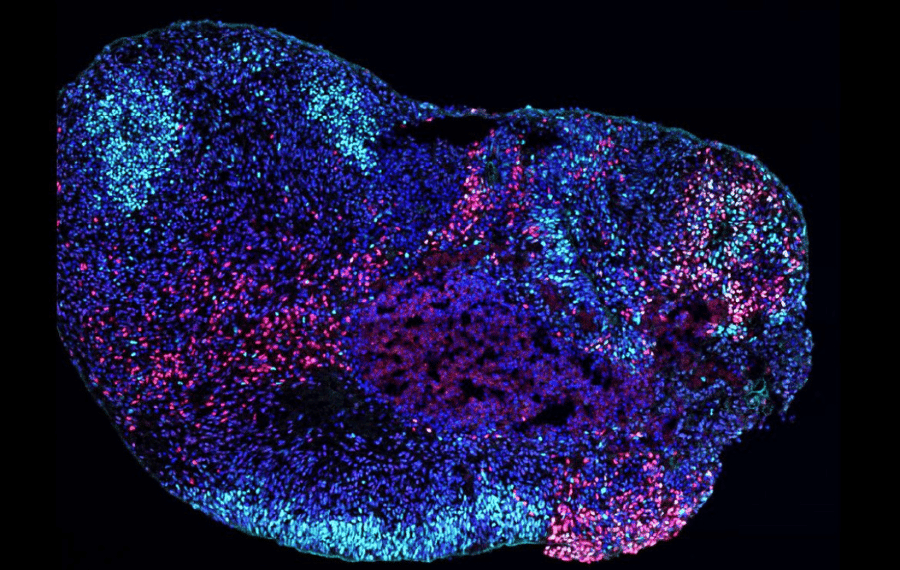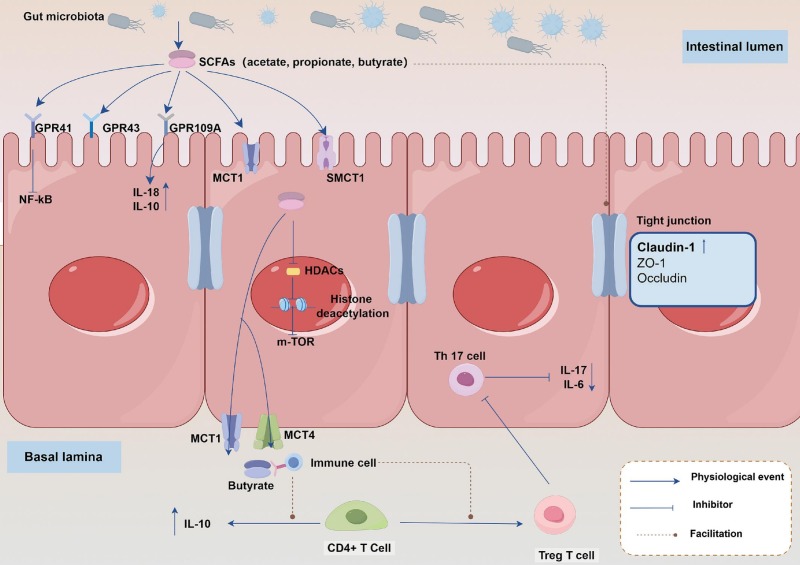Novel Biomarker Helps Presurgical Evaluations in Children with Drug-Resistant Epilepsy
In a recent study, researchers on the Cook Children’s Neurology team examined the temporal relationship between electrographic features on an EEG known as spikes, ripples and fast ripples, and assessed the ability of these EEG features (and their combinations) to indicate the brain area that causes seizures; better isolation and targeting of this brain area for resective surgery could improve surgical outcomes.
Spikes are the most established of these features, or biomarkers, of epilepsy that occur between seizures. Yet, spikes may not be the most specific biomarker and indicator of a surgical target area since they are only partially consistent with the area of the brain that causes seizures and are often found in areas that are non-epileptogenic. High-frequency oscillations (HFOs), the fast oscillatory activity generated by the human brain, are considered more specific biomarkers of epilepsy than spikes.
Based on their frequency, HFOs are classified as either ripples or fast ripples. Ripples occur in almost all patients with epilepsy but are considered less specific since they’re also frequently generated by other physiological processes. On the other hand, fast ripples are the most specific biomarkers of epilepsy but aren’t seen in all patients. Researchers hypothesized that a combination of ‘spikes on ripples’ (in other words, temporal co-occurrence of spikes and ripples) can identify the brain area that causes seizures better than spikes or ripples alone.
In a large cohort of children with drug-resistant epilepsy, researchers showed that fast ripples are the best biomarkers to predict surgical outcomes, but they can be seen in only 43% of patients. Spikes on ripples are a good alternative with more universal applicability since they can be seen in all patients. Overall, in the absence of fast ripples, the study found areas with spikes on ripples should be targeted during surgery. These findings may help children with drug-resistant epilepsy by improving their presurgical evaluation process and surgical outcomes.








